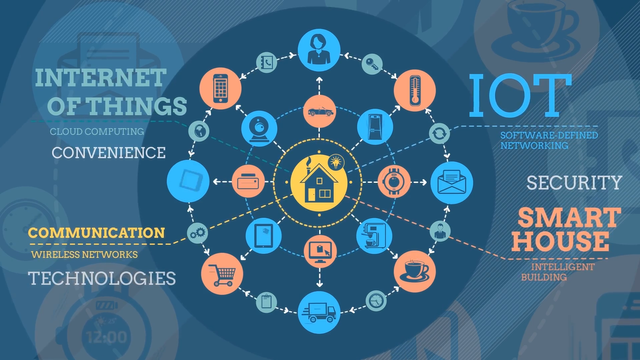
In this article, you learn about the Internet of Things (IoT): what it is, how big it is for business and industry, and how it will transform business models and competitive strategies of the future.
Defining the Internet of Things
If you’re wondering exactly what the “Internet of Things” is, you’re not alone. The term itself is somewhat ambiguous and, at the same time, all‐inclusive. Dictionary.com defines the Internet as “a vast computer network linking smaller computer networks worldwide” and a “thing” as “some entity, object, or creature that is not or cannot be specifically designated or precisely described” (yes, I used that Internet thing to look up those definitions).
In a November 2014 Harvard Business Review article, Michael Porter and James Heppelmann describe IoT devices as “smart, connected products [that] have three core elements:
✓ Physical components [that] comprise the product’s mechanical and electrical parts.
✓ “Smart” components [that] comprise the sensors, microprocessors, data storage, controls, software, and, typically, an embedded operating system and enhanced user interface.
✓ Connectivity components [that] comprise the ports, antennae, and protocols enabling wired or wireless connections with the product.”
The “physical” part of IoT devices and components include lots of different “things” — for example, the engine, air conditioner, and navigation system in a smart car; smoke alarms, thermostat, and refrigerator in a smart home; and watches, fitness trackers, and insulin pumps in wearable technology.
What makes IoT devices and components “smart” are the various sensors and microprocessors that enable advanced functionality — for example, the electronic control units in a smart car; motion‐activated cameras in a home security system; and wearable hypoglycemia sensors that automatically alert diabetic patients when their blood sugar levels are dangerously low.
Finally, IoT devices are “connected” to the Internet and other systems for different purposes — for example, to provide location tracking and real‐time traffic information for a vehicle’s navigation system; to alert a security company when a home intrusion is detected; and to store detailed health information, collected by a wearable medical device, in a secure, private cloud where it can be downloaded by a patient’s physician during a routine exam.
Smart and connected aren’t the same thing. Connecting a device or component to the Internet doesn’t necessarily make it smart — case in point, a person texting on his smartphone while driving a car is connected to the Internet, but definitely not smart! To truly be smart, an IoT device or component must be able to gather and analyze data and automatically perform intelligent actions based on its analysis — without necessarily requiring human involvement.
Looking at IoT Market Potential
For many, the IoT is the “next big thing.” But, in reality, the IoT is already here — simply consider the smart car, smart home, and wearable technology examples described in the preceding section.
If you’re wondering whether you’re late to the IoT party, relax! Today’s IoT devices are still in their introduction and early growth stages. You might consider IoT devices in the current market to be the first generation of IoT innovation — and we still have a long way to go. To paraphrase the great American philosopher Jeff Foxworthy: Today’s IoT devices aren’t much “smarter than a fifth grader”!
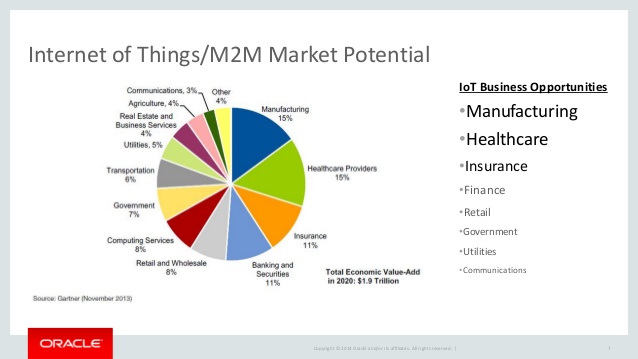
Consider the following analogy: A small child who touches a hot stove might instinctively:
✓ Pull his hand away from the stove.
✓ Scream in agony.
✓ Put his hand in his mouth to soothe it.
Note that these steps have to be performed in the above order; otherwise, the child might also burn his tongue on the stove and his scream will be muffled by his hand! As the child matures, he becomes smarter (except for that brief period of years known as adolescence!). For example, in the future he may
✓ Learn not to touch a hot stove in the first place.
✓ Recognize the severity of a burn (first, second, or third degree).
✓ Determine the appropriate first-aid or medical treatment.
Similarly, today’s IoT devices are in their early development stages. For example, a smart home (or building) today might
✓ Sound an alarm to alert the occupants of a fire in the home or building.
✓ Activate emergency exit lights.
✓ Notify the fire department.
✓ Actuate a sprinkler system.
Future IoT smart homes (or buildings) might also
✓ Proactively detect, alert, and even prevent hazardous conditions (such as faulty electrical wiring, an unattended stove or iron, or a dangerous buildup of combustible or toxic fumes in a closed space).
✓ Interactively direct occupants along the safest and most expedient escape route, while also venting smoke away from the escape route.
✓ Shut down electrical, ventilation, and gas systems that might otherwise provide additional fuel and oxygen to the fire. ✓ Instantaneously transmit home or building schematics to a heads‐up display in every emergency responder’s helmet, complete with real‐time information about hot spots, environmental conditions, and structural damage, as well as the location of occupants collected by home/ building sensors.
✓ Securely send information about any special health conditions or injuries of individuals in the home or building to emergency responders, collected by personal wearable devices that are geographically fenced so that only data about individuals who are in the home or building is sent.
✓ Automatically transmit all pertinent health and injury information about victims, and route paramedics along the most expedient route to the nearest hospital or trauma center based on its current triage capabilities and load.
✓ Proactively reroute civilian traffic away from the route to the emergency scene and to the hospital, by sending detour alerts to smartphones and vehicle navigation systems in the area and changing traffic signals and lane directions as appropriate.
These examples are just a few of the virtually limitless possibilities for innovation and opportunity in the IoT market. The IoT will enable better decisions to be made faster, supported by timely, higher‐quality real data, instead of intuition.
Creating a New IoT Business Model
The IoT is the catalyst for many companies and entire industries to create new business models and transform their competitive strategies. In their Harvard Business Review article “How Smart, Connected Products Are Transforming Competition,” Michael Porter and James Heppelmann write “Smart, connected products offer exponentially expanding opportunities . . . and capabilities that cut across and transcend traditional product boundaries. The changing nature of products is also disrupting value chains, forcing companies to rethink and retool nearly everything they do internally.”
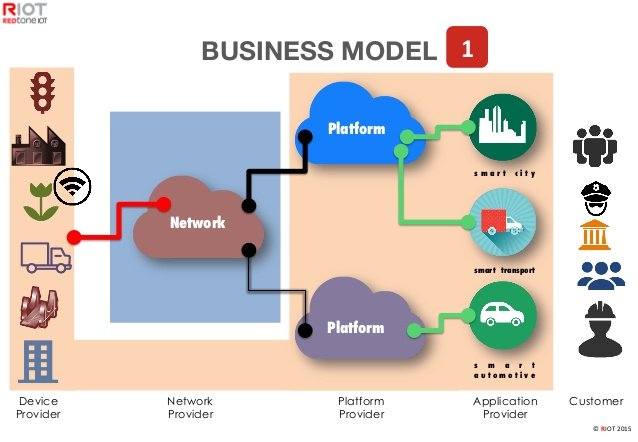
Forward‐looking businesses in practically every industry imaginable see the IoT as the Holy Grail of products and profitability. However, before undertaking this quest, they need to understand that the IoT market is rapidly changing and constantly evolving — especially in the smart home and consumer electronics market. The IoT is a moving target that businesses need to understand. Thus, we shall first answer these questions three:
✓ What . . . is your name?
✓ What . . . is your quest?
✓ What . . . is the airspeed velocity of an unladen swallow?
Wait, not those questions — that’s Monty Python and the Holy Grail! Companies seeking the IoT Holy Grail should first answer these questions three:
✓ How do we get there from here?
✓ What do consumers really want?
✓ How will business and industry evolve?
Moving beyond the status quo
Although the IoT future is bright, there are some real challenges that must be addressed by businesses and industries in order for the IoT to achieve its full potential. These include
✓ Standards and interoperability: Communications standards need to be defined and interoperability issues resolved. Within the IoT market, many competing industry giants, consortiums, and frameworks are jockeying for primacy. Chapter 2 explains various IoT communications standards and interoperability issues.
✓ Security and privacy: Identity theft and credit card fraud are major security and privacy issues today, but these threats pale in comparison to the potential risk of an IoT attack. A stolen identity or credit card number can be devastating to an individual’s financial health — but a hacked pacemaker, insulin pump, smart home, or smart car can be lethal. Chapter 3 covers IoT security and privacy concerns in greater detail.
Providing smart solutions and services
Unfortunately, many businesses today — particularly device manufacturers in the smart home industry — are already heading down the wrong path when thinking about the IoT and their product strategies. Despite its name, the Internet of Things isn’t about “things.” Things are the necessary enablers, but there is an entire ecosystem at play — Porter and Heppelmann refer to it as a “system of systems” — in which things play a relatively minor role in the IoT.
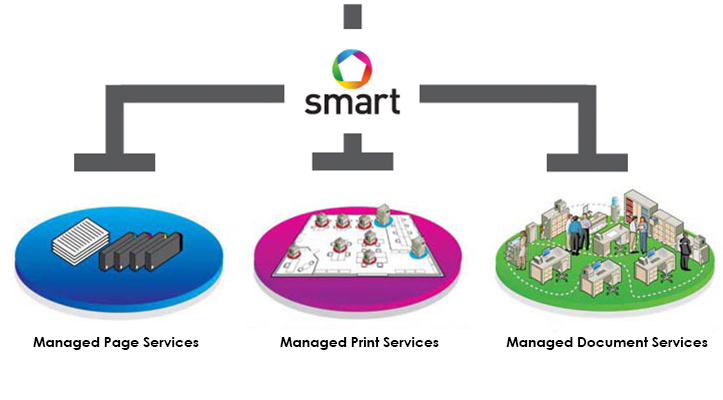
To be successful in the new and highly competitive IoT market, businesses need to understand the following:
✓ The IoT (and the smart home) business model isn’t about pushing products (“things”) out the door in a single sales transaction. It’s about reinventing products as recurring services and revenue streams.
✓ What consumers really want are smart solutions and smart services that will make their lives better, easier, healthier, safer, simpler, more comfortable, more convenient, more efficient, and more enjoyable. They are specifically looking for solutions like “security,” “energy efficiency,” “assisted living,” and others.
In April 2016, Comcast released a report that provides valuable insight into what consumers really want in the smart home — services, not just a bunch of connected devices that remotely control various widgets and devices in the home. In Internet of Things Application Fields For Dummies, I explain the Smart Home as a Service (SHaaS) concept.
The IoT enables better decisions to be made faster with timely, higher‐quality data. Device manufacturers and service providers need to look at the big picture, not just individual components, devices, and machines.
Defining new service roles
Traditional cable and satellite television operators today are facing increasing competition from Internet service providers (ISPs) and over‐the‐top (OTT) services such as Netflix, Amazon Prime, and others — particularly popular among millennials — that are commoditizing entertainment and delivering streaming media solutions over the Internet.
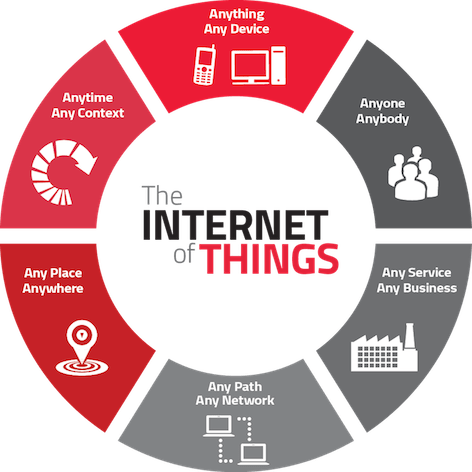
This evolution in demand, behavior, and demographics is compelling operators to innovate in order to attract and retain customers with new services (and revenue streams). The demand for the IoT and smart home services presents an immense opportunity for operators, who are already uniquely positioned to deliver these services with the following advantages:
✓ A tremendous worldwide customer base
✓ Extensive business and residential wired, wireless, and satellite infrastructure
✓ All the necessary marketing, billing, and customer support systems
✓ Skilled field service technicians (and vehicle fleets) to install and maintain smart home systems
Many large operators are already rolling out smart home services, such as home security and environmental control. However, there is a much bigger IoT and smart home opportunity that is just starting to emerge.
The smart home is a solution that is seemingly designed for operators to sell, but they aren’t alone. Retailers, insurance companies, and product vendors are experimenting with direct (Internet) sales models as well. There is a window of opportunity for smart operators that recognize it and are expanding into smart home services.
Reference:
- Forbes: A Simple Explanation Of 'The Internet Of Things'
- IoT Agenda: Internet of Things (IoT)
Warm Regards alfarisi - KSI Chapter Lhokseumawe

WARNING - The message you received from @btcmundo is a CONFIRMED SCAM!
DO NOT FOLLOW any instruction and DO NOT CLICK on any link in the comment!
For more information, read this post: https://steemit.com/steemit/@arcange/virus-infection-threat-reported-searchingmagnified-dot-com
Please consider to upvote this warning if you find my work to protect you and the platform valuable. Your support is welcome!
Downvoting a post can decrease pending rewards and make it less visible. Common reasons:
Submit
Thank you so much
Downvoting a post can decrease pending rewards and make it less visible. Common reasons:
Submit
So cos'è Internet e, in effetti, mi sembra che molte persone che hanno letto questo articolo sappiano cos'è Internet. In effetti, sono molto contento che sia nella mia vita, perché non riesco a immaginare come sarebbe ora se non fosse per essa ... Ad esempio, non avremmo sistemi di sicurezza così eccellenti, come quello che è L'Ajax https://ajax.systems/it/ sta facendo ora o non avremmo la TV gratuita, di buona qualità e molto altro ancora.
Downvoting a post can decrease pending rewards and make it less visible. Common reasons:
Submit
Un sistema di casa intelligente deve essere molto complicato da installare. Ora cercherò dei video su youtube su come collegarlo e configurarlo da solo. Sarebbe bello se ci fosse un altro articolo sull'argomento qui.
Downvoting a post can decrease pending rewards and make it less visible. Common reasons:
Submit
Abbiamo già le opportunità del futuro nel mondo moderno, abbiamo solo bisogno di soldi per organizzarlo. Ad esempio, un sistema di casa intelligente costa una somma enorme. Però lo stesso te lo puoi permettere. Lo stesso si può dire del sistema di sicurezza professionale dell'azienda Ajax. Le sue funzioni ripagano completamente il costo di questo sistema. Bisogna ricordare anche che è il sistema di sicurezza wireless più premiato in Europa.
Downvoting a post can decrease pending rewards and make it less visible. Common reasons:
Submit
Downvoting a post can decrease pending rewards and make it less visible. Common reasons:
Submit